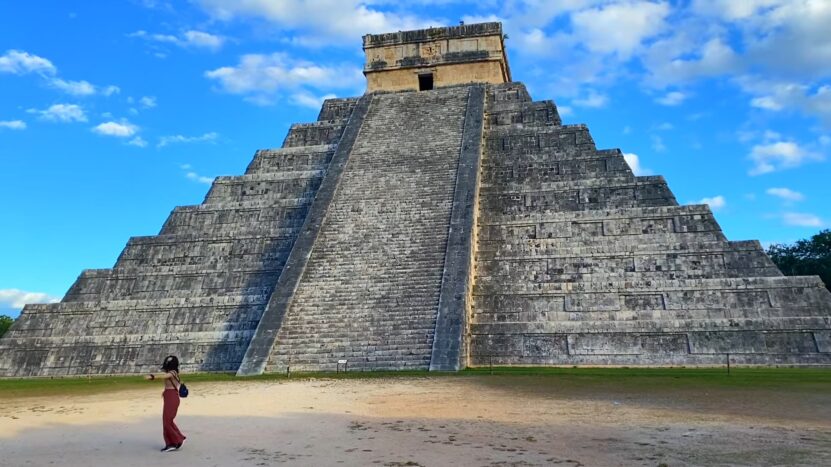When you start reviewing all of the Chichen Itza facts, you will begin to realize exactly why this tourist destination remains so popular after so many years. Not only is it extremely accessible, but it also has so many amazing attractions that it’s a wonder it doesn’t become overrun at times.
Chichen Itza is right in pathway of a number of the Cancun all inclusive hotels, which only adds to the appeal. Even if for some reason, you didn’t initially plan to take a trip there, as soon as you check into your hotel, the buzz of this site begins to circulate and before you know it, you will be intrigued.
You can easily find daily Chichen Itza tours to the ruins without difficulty and have a great day exploring this area. Once you know the facts about Chichen Itza, you are bound to include it in your itinerary.
To assist you, the top 10 interesting Chichen Itza facts are listed below:
Castillo pyramid
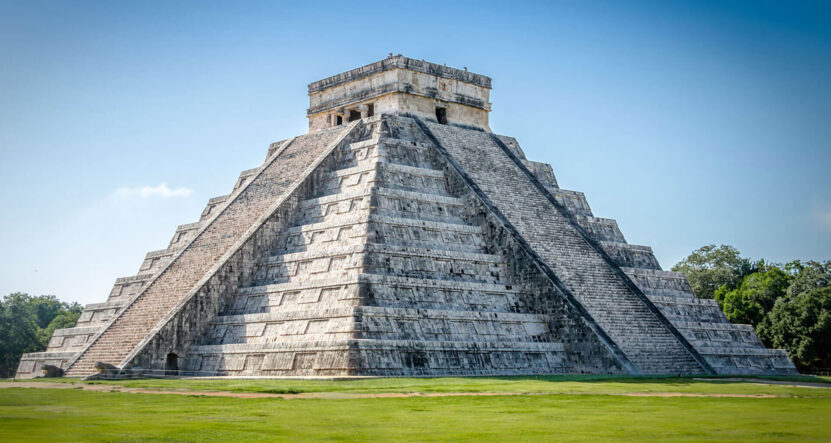
Chichen Itza, a UNESCO World Heritage site and one of the New Seven Wonders of the World, is an ancient Mayan city located on the Yucatan Peninsula in Mexico. The site is renowned for its impressive pyramids and structures, with the most famous being the Castillo pyramid, also known as El Castillo or the Temple of Kukulcan. This majestic step-pyramid stands as a testament to the Mayans’ remarkable architectural and astronomical prowess.
The Castillo pyramid, rising 98 feet (30 meters) above the ground, is an awe-inspiring structure that draws millions of visitors each year. It comprises four sides, each adorned with 91 steps, with a final step at the top platform, totaling 365 steps—symbolizing the solar year. This ingenious design reflects the Mayan calendar’s accuracy and their deep understanding of celestial movements.
The pyramid’s 52 panels hold great significance as well. They represent the 52-year cycle in the Mayan calendar, known as the Calendar Round, which comprises two interlocking cycles: the 260-day sacred calendar (Tzolk’in) and the 365-day solar calendar (Haab’). The completion of this 52-year cycle was an important event for the Maya, as it marked the time when the two calendars realigned, signifying the start of a new era.
One of the most fascinating aspects of the Castillo pyramid is the phenomenon that occurs during the spring and autumn equinoxes. As the sun sets, the play of light and shadow on the pyramid’s steps creates the illusion of a serpent descending the staircase, culminating at the massive serpent head sculptures at the base. This spectacular event draws thousands of spectators, who gather to witness the symbolic descent of Kukulcan, the feathered serpent god.
Exploring the Stars with the Maya: Ancient Astronomical Observatory, El Caracol
El Caracol is named after the spiral staircase within the structure, resembling a snail’s shell. The observatory, with its unique cylindrical design, stands out from the other buildings at Chichen Itza. The Maya built El Caracol with a specific purpose: to track celestial events and make precise astronomical observations.
The structure’s carefully positioned windows align with the paths of Venus, the sun, and the moon, allowing the Maya to observe and document these celestial bodies’ movements. During specific astronomical events, such as the solstices and equinoxes, the sun’s rays would pass through the windows, casting light on the observatory’s inner walls. These observations played a crucial role in the development of the highly accurate Mayan calendar and helped them time agricultural activities and religious ceremonies.
While El Caracol served as an essential astronomical tool, it was also a significant site for offerings and sacrificial rituals. The Maya believed that the stars and planets held divine powers, and they conducted ceremonies to honor these celestial deities. By observing the sky, the Maya sought to understand the will of the gods and maintain a harmonious balance between the cosmos and their earthly lives.
Visiting El Caracol provides a fascinating insight into the Maya’s advanced knowledge of astronomy and their deep connection with the cosmos. As you explore this ancient observatory and the surrounding Chichen Itza ruins, you will undoubtedly gain a newfound appreciation for the sophisticated and mysterious world of the Maya.
Mysteries of Shadows at Chichen Itza
One of the most captivating aspects of Chichen Itza is the shadow phenomenon that occurs during the spring and fall equinoxes. As the sun passes over the site during these two seasons, a massive serpent-like shadow appears, creating an awe-inspiring spectacle that draws visitors from around the world.
This fascinating event takes place at the iconic Castillo pyramid, also known as the Temple of Kukulcan. As the sun sets on the equinoxes, the interplay of light and shadow creates the illusion of a giant snake descending the pyramid’s steps. This serpent of light aligns perfectly with the carved stone snakeheads at the base of the staircase, symbolizing the deity Kukulcan or Quetzalcoatl, the Feathered Serpent.
This stunning display of architectural and astronomical mastery showcases the Maya’s deep understanding of celestial movements and their integration of mythology and symbolism in their structures. The serpent’s descent signifies the return of Kukulcan to the earth, marking the beginning of a new agricultural cycle and the changing of the seasons.
The equinox phenomenon at Chichen Itza has become a significant event for modern-day visitors, who gather to witness the serpent of light and shadow and experience the magic of this ancient civilization. The spectacle is not only visually impressive but also serves as a testament to the Maya’s ingenuity and their harmonious connection with the natural world.
As you explore Chichen Itza and witness the captivating play of light and shadows, you’ll be immersed in the mysteries and wonders of the Maya civilization. The serpent of light is a powerful reminder of the intricate relationship between their architecture, astronomical knowledge, and spiritual beliefs, ensuring an unforgettable experience for all who visit this ancient site.
Vibrant Murals of Chichen Itza’s Temple of the Warriors
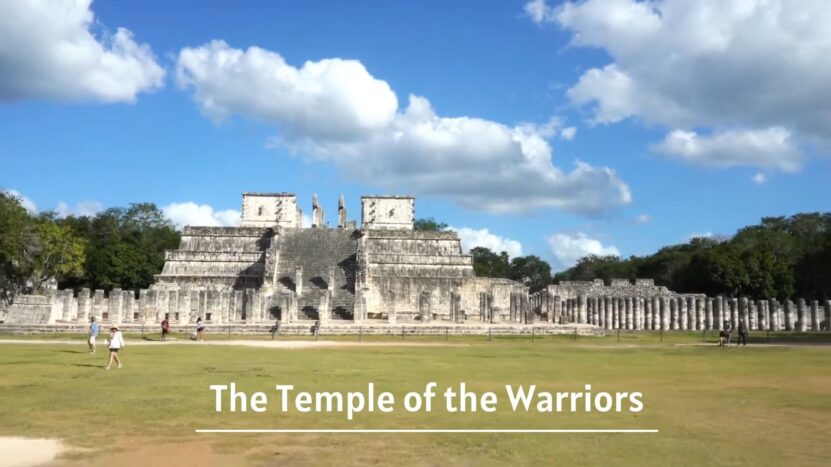
One of the lesser-known, yet equally impressive, aspects of Chichen Itza is the remarkable preservation of the original colors found within the Temple of the Warriors. Hidden beneath this impressive structure is an older temple adorned with vibrant murals that continue to captivate visitors with their rich hues.
The ancient Maya skillfully crafted these colorful murals using natural materials sourced from their environment. They created the pigments by mixing mashed insects and vegetable juice, resulting in a range of vivid shades that have withstood the test of time. This ingenious method of color production speaks to the Maya’s deep understanding of their natural surroundings and their ability to harness its resources.
The murals found within the older temple at Chichen Itza depict various scenes of Mayan life, mythology, and rituals, providing a fascinating glimpse into the civilization’s beliefs and daily activities. As visitors explore the temple and marvel at these ancient artworks, they are transported back in time, experiencing a vibrant connection with the people who once inhabited this sacred space.
The enduring brilliance of the colors found within Chichen Itza’s Temple of the Warriors serves as a testament to the Maya’s artistic prowess and resourcefulness. As you delve deeper into the site and uncover these vivid murals, you’ll gain a greater appreciation for the ingenuity of this ancient civilization and the lasting impact of their remarkable achievements.
Ancient Mayan Sports and Rituals
Chichen Itza is not only renowned for its impressive temples and astronomical observatory, but also for its Great Ball Court, where the ancient Maya played their traditional games. This massive sports arena is one of the largest and best-preserved ball courts in the entire Mesoamerican region, reflecting the central role that ball games played in Mayan society.
The Great Ball Court measures an impressive 480 feet in length and is flanked by two towering walls that stand 27 feet high. The walls feature intricately carved stone panels depicting scenes from the ball games, providing a glimpse into the rituals and athletic prowess of the ancient Maya.
The ball game, known as “pok-ta-pok” or “pitz” in the Mayan language, was not merely a recreational activity but also held deep religious and cultural significance. Players would use their hips, elbows, and knees to keep a solid rubber ball in play, aiming to pass it through stone hoops attached to the walls. The game was highly competitive, often resulting in serious injuries and, in some cases, even the ritual sacrifice of losing team members.
The Enigmatic Origins of Chichen Itza’s Name: Unraveling the Mystery of the Water Magicians
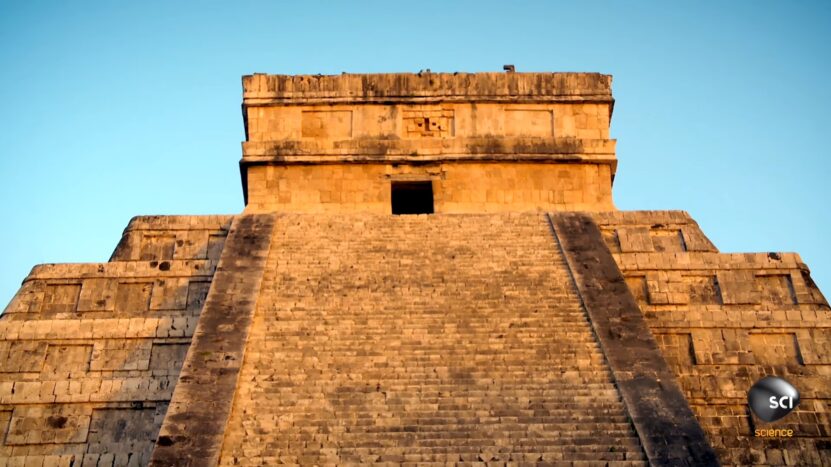
The name Chichen Itza carries an air of mystique and intrigue, reflecting the ancient city’s aura of wonder and enchantment. Delving into the etymology of the name reveals fascinating insights into the beliefs and values of the Maya people who once inhabited this remarkable site.
Chichen Itza derives its name from a combination of words in the Yucatec Maya language. “Chi” means “mouth,” while “ch’e’en” translates to “well.” The word “Itz” is associated with magic, and “a'” refers to water. When combined, the name Chichen Itza takes on the evocative meaning of “the mouth of the well of the water magicians.”
This intriguing moniker is believed to be a reference to the city’s two large natural sinkholes, or cenotes, which provided the inhabitants with a crucial source of fresh water. The most famous of these, the Cenote Sagrado (Sacred Cenote), was a site of great religious and ceremonial importance for the ancient Maya. They believed that the cenote was a portal to the underworld, where their rain god, Chaac, resided. To appease this deity and ensure a plentiful supply of water, the Maya would make offerings and perform rituals, including human sacrifices, at the sacred well.
The name Chichen Itza, therefore, not only captures the city’s geographic features but also hints at the spiritual and mystical aspects of the ancient Maya civilization. As visitors explore this enigmatic site, they can ponder the meaning of the name and the secrets of the water magicians who once called Chichen Itza their home.
Tale of Private Legacy and Public Stewardship
The ownership history of the Chichen Itza ruins is a fascinating tale that reflects the complex relationship between the ancient site, its private custodians, and the modern-day Mexican government. As one of the most important archaeological sites in Mexico, Chichen Itza’s ownership has evolved over time to ensure its preservation and accessibility to the public.
For many years, the land on which the Chichen Itza ruins sit was owned by private families, who had inherited the property from their ancestors. This arrangement persisted until 2010 when the Yucatan state government stepped in and took possession of the land, including the ancient ruins.
The Mexican government’s acquisition of Chichen Itza was motivated by the desire to protect and preserve the site for future generations, as well as to ensure that it remained open to the public. As a UNESCO World Heritage Site and one of the New Seven Wonders of the World, Chichen Itza is of immense cultural, historical, and archaeological significance, both for Mexico and the international community.
Since assuming ownership of the site, the Mexican government has made significant investments in its preservation and maintenance. This has included the establishment of a dedicated archaeological team to oversee the ongoing research, restoration, and conservation efforts at Chichen Itza.
Thriving Tourist Destination and its Peak Season
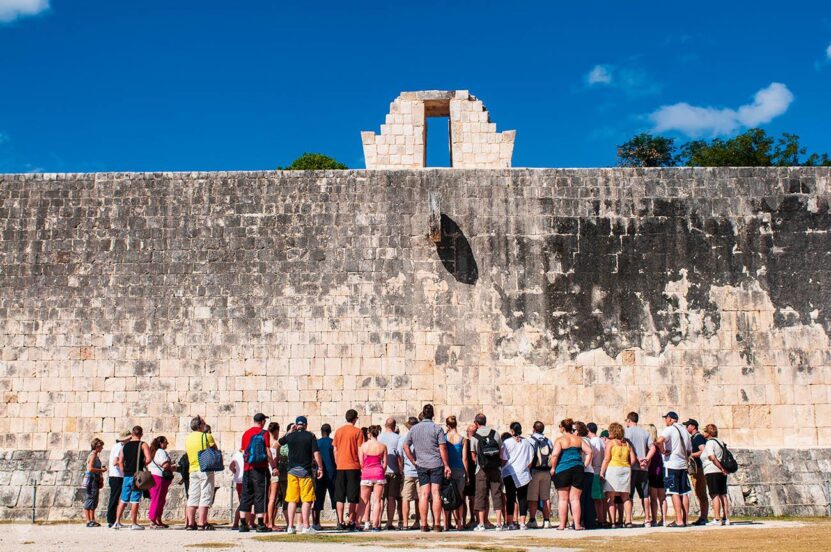
Chichen Itza is an incredibly popular tourist destination that attracts over 1.2 million visitors annually. The site’s magnificent architecture, rich history, and the captivating stories of the ancient Maya civilization make it a must-see attraction for tourists from around the world.
The peak season for visiting Chichen Itza falls between May and October. During these months, the site experiences its highest visitor numbers, creating a lively and bustling atmosphere. The increased visitor numbers can be attributed to several factors, including favorable weather conditions, school holidays, and the occurrence of the equinox phenomena, which take place in March and September. These celestial events attract thousands of visitors eager to witness the unique interplay of light and shadow on the Kukulkan Pyramid, also known as El Castillo.
Visiting Chichen Itza during the peak season has its advantages, as tourists can experience the site in all its glory and enjoy a range of guided tours, cultural events, and educational programs. However, it is worth noting that the high number of visitors can also lead to larger crowds and longer wait times for popular attractions within the site.
For those who prefer a quieter and more tranquil experience, visiting Chichen Itza outside of the peak season may be a more suitable option. Regardless of the time of year, Chichen Itza remains an awe-inspiring and unforgettable destination that offers a unique insight into the ancient Maya civilization and its enduring legacy.
First Reconstruction Project of The Chichen Itza
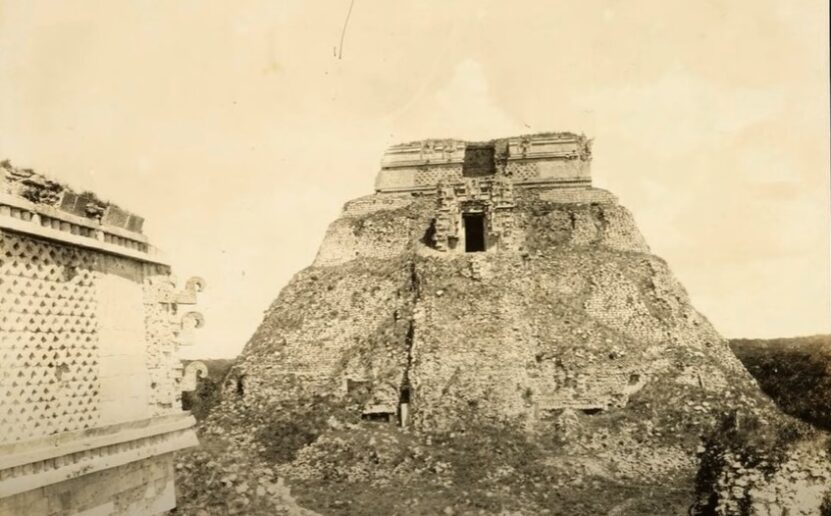
The first reconstruction project of the Chichen Itza ruins began in 1923. The Mexican government commissioned the project, but the restoration efforts were completed by the Carnegie Institution, an American-based organization. The project aimed to restore and preserve the ancient Mayan structures, which were in a state of disrepair.
The restoration process involved painstaking efforts to restore the intricate details and elaborate designs of the ancient buildings. The experts used traditional techniques and materials, including the use of limestone plaster and mortar to rebuild the damaged structures. The restoration process took several years to complete, with the final phase ending in 1942.
The restoration project was a crucial step in preserving the ancient ruins of Chichen Itza, which had suffered significant damage due to natural disasters, vandalism, and neglect. Today, the restored structures are a testament to the engineering and architectural prowess of the ancient Mayans and serve as a valuable historical and cultural heritage site for people around the world.
However, restoration efforts are not limited to this project only. Due to the vastness of the Chichen Itza ruins, continuous restoration efforts are required to maintain and preserve the site. Even today, there are parts of the central and north group that are under repair and unavailable to visitors.
The restoration efforts have also faced criticism from some who believe that the modern restoration techniques used have altered the original appearance and features of the ancient structures. However, experts involved in the restoration process maintain that their efforts have been aimed at preserving the authenticity and integrity of the ruins, while making them accessible and safe for visitors.
Restoration Efforts
Chichen Itza is a massive archaeological site with numerous structures, many of which have been restored or are currently undergoing restoration.
The restoration efforts began in the early 20th century and continue to this day.
The restoration process involves a team of archaeologists, engineers, and other specialists who work to repair and stabilize the structures, while also preserving their original features as much as possible.
The restoration work is necessary due to the natural wear and tear of the structures over time, as well as damage caused by human activities such as tourism and looting.
Despite the ongoing restoration efforts, there are still parts of the central and north group that are under repair and off-limits to visitors.
This is done to ensure the safety of visitors and to prevent further damage to the structures.
Visitors to Chichen Itza can still enjoy many of the restored structures and learn about the ancient Mayan civilization that once thrived there.
Related Posts:
- Top 10 Places To Visit in New Mexico: Complete Travel Guide
- Top 10 Interesting South Korea Facts – The Best Of
- Top 10 Interesting Facts About Madagascar – Wild West
FAQs
How do I get to Chichen Itza?
Chichen Itza is located in the Yucatan Peninsula in Mexico. You can get there by car, bus or guided tours.
What are the best times to visit ?
The best time to visit Chichen Itza is during the cooler months of November to March. However, it can get crowded during peak season, so plan accordingly.
Are there any restrictions or rules when visiting Chichen Itza?
Yes, visitors are not allowed to climb the pyramids or structures anymore due to safety concerns. Additionally, visitors are not allowed to bring in food or drink, or use flash photography.
Is it recommended to hire a guide when visiting?
Yes, hiring a guide is highly recommended as they can provide in-depth knowledge and history of the site.
Are there any nearby attractions to visit while in Chichen Itza?
Yes, the nearby Cenote Ik Kil is a popular attraction for swimming and cooling off after visiting the ruins. The city of Valladolid is also nearby and offers colonial architecture and traditional Mexican charm.
Conclusion
In conclusion, Chichen Itza is an awe-inspiring archaeological site that offers visitors a glimpse into the rich history and culture of the ancient Mayan civilization.
From the iconic Castillo pyramid and El Caracol observatory to the impressive ball court and colorful temple, there is so much to explore and discover at this remarkable site.
While the ongoing restoration efforts ensure the preservation of Chichen Itza for future generations, visitors can still marvel at its impressive architecture and natural beauty, making it a must-visit destination for anyone interested in history and archaeology

